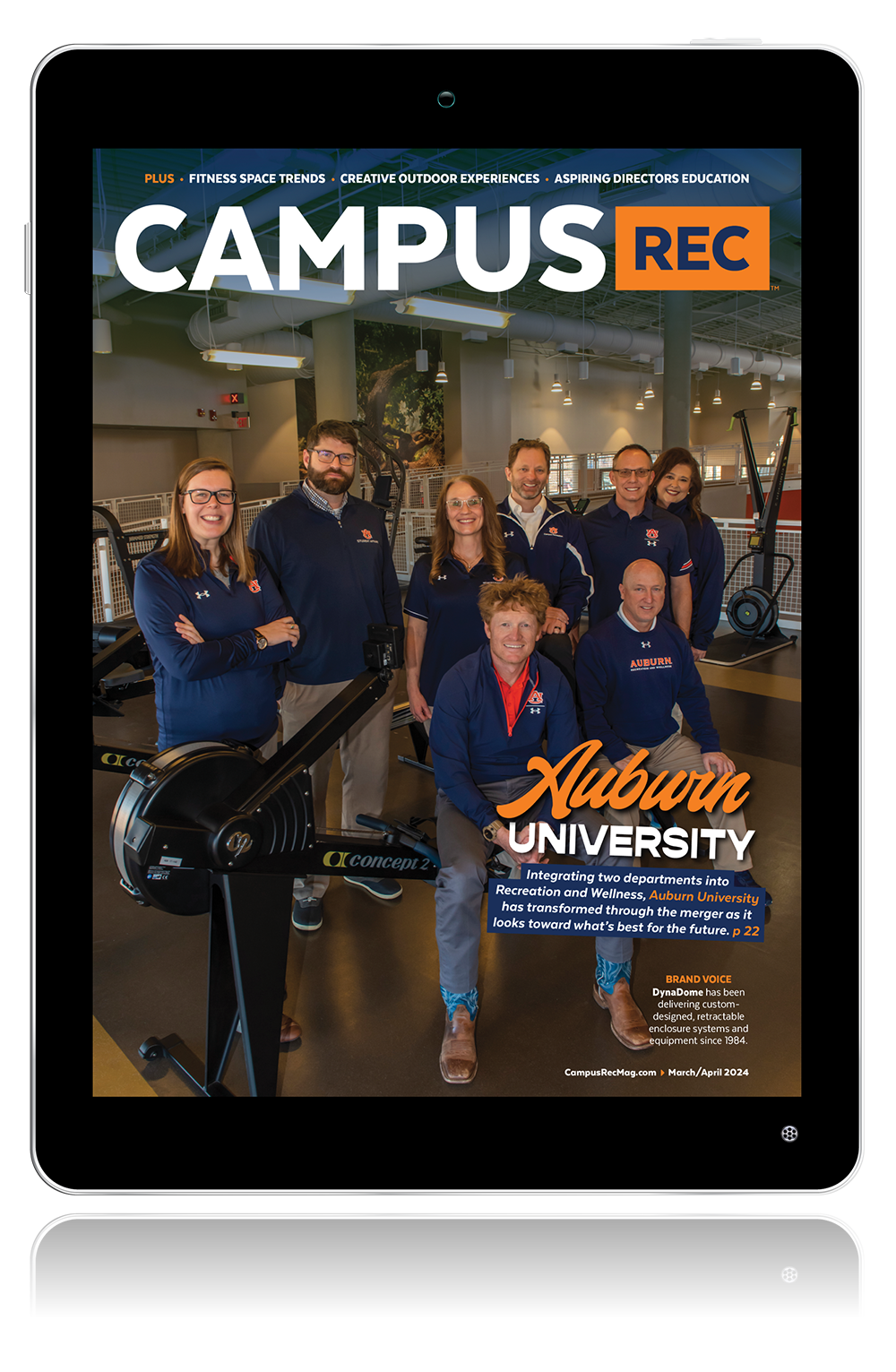
Kari Scott, the coordinator of Member Services of Florida State University Campus Recreation, was taking a course called Organizational Behavior for her MBA during the 2018-2019 academic year. During her time taking this course, she reached out to me to see if I would be interested in developing a presentation to present at the NIRSA Annual Conference in 2019. This article summarizes what we learned through our research together.
Are you the type of professional who is a big picture person? Who jumps in and wants to always try new ideas. Or are you more likely to lean on consistent historical information, and are not likely to want to have a new idea enacted quickly? In the workplace, we are tasked to work with individuals who may share different processing styles and different views on how to make the organization the best. However, it is both of these individuals that help implement intentional organizational change.
According to a Gallup study, 53% of workers are not engaged at work. They may be generally satisfied but are not cognitively and emotionally connected to the work they are performing or to their organization. These individuals show up to work but do the minimum required or quickly leave for another job opportunity. Further, a 2018 study shows that organizational change is a bigger stressor for workers rather than the boss. With the nation on the verge of reopening, organizational change is a must for many organizations and having engaged employees helping advocate this will be a necessity.
Managers and organizational leaders need to find a way to implement this change without risking disengaging those who will enact the process. They will need to figure out how to bring together different personalities and strengths to ensure everyone has a role in bringing back their organization. Successful Agents of Change learn to work with Agents of Stability rather than against them, as stability will need to be a part of the process of adaptation and acceptance. This is the nature of evolutionary change in any organization.
Agents of Change
- Thrive in dynamic environments.
- First to buy-in to change.
- Analyze problems and create action plans.
- Looks for feedback before taking full action.
- Role: gather information about problems, concerns and needed changes.
Agents of Stability
- Ensures efficiency, effectiveness and stability.
- Stabilizes the organization when identity is being altered.
- Members of the organization see them as a person of trust.
- Focus is on core activities and allows production to continue seamlessly during times of change.
- Role: adapt and accept.
In organizations, it is important to strive for innovation and change to stay relevant in a world of increasing competition. It is important for teams to have employees or members that exude characteristics of both agents in order to have the most effective organizational change as a whole. It has been studied that around 50% of all organizational change failures occur because Agents of Change failed to establish readiness to change. Higher organizational readiness leads to higher likelihood that members will accept said change which leads to less problems in implementation. When looking at making changes, using a well-thought out change process is a must:
- Scope the Change: identify stakeholders, costs and benefits of the change.
- Create the Vision: engage leadership; communicate the compelling need for change.
- Drive Commitment: engage workforce in planning the change; validate costs and benefits.
- Establish Change Infrastructure: introduce new tools, technology, reward systems and training.
- Sustain the Change: measure progress, demonstrate value, communicate success and take corrective action if needed.
As we journey back into our offices and are tasked with finding ways to make changes to our departments to align with the new normal, it is important to remember who we were before this all started. The mission, vision and core values of an organization should be reflected in what they do every day. However, it will be hard for some to adjust to new ideas or ways of doing old tasks. By taking time to take a social and emotional inventory of your team, a leader can help ease this transition by ensuring all members of the staff are engaged. Now is the time to begin reaching out to your staff and asking these important questions. It will take everyone to enact positive and influential organization change, and we need to identify what roles we will play.










